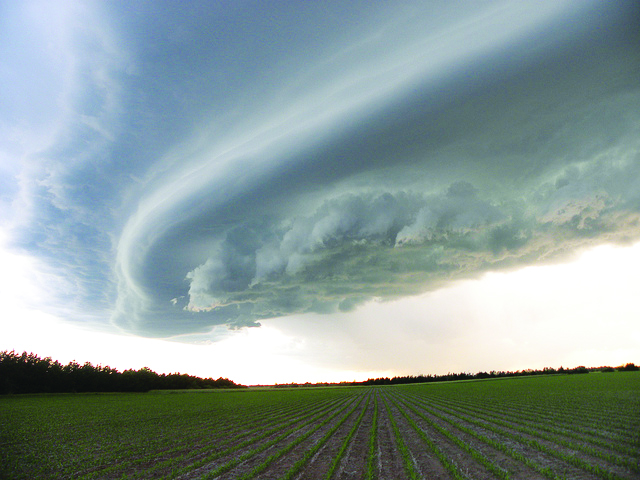Aerosols can have a profound impact on cloud formation and thus an impact on the global climate. Cloud droplets forming around aerosols tend to be smaller, increasing the cloud’s ability to reflect radiation back into space, thus shading the Earth. However, how much light is scattered by different types of aerosols and how that relates to climate change still represent the largest uncertainty in climate change research.
In the past few years, some climate scientists have suggested that a new satellite capable of taking sensitive and complex measurements of cloud microphysics could improve understanding of aerosol-cloud interactions by leaps and bounds. But is building such an instrument even possible?
Rosenfeld et al. provide new research demonstrating that one of the main components of the proposed satellite—simultaneous measurement, from space, of the way cloud droplets form around aerosol particles and cloud microstructure—is possible. The authors extrapolated the needed data from satellite-based measurements and then compared them to ground-based measurements, which are traditionally used to study cloud-aerosol interactions, and found that the satellite’s measurements were accurate.
The next step, the authors note, is to assess whether collecting other required measurements from space, such as wind updraft speeds on the base of clouds, is technically possible by satellite. (Geophysical Research Letters, doi:10.1002/2014GL059453, 2014)
—JoAnna Wendel, Staff Writer
© 2014. American Geophysical Union. All rights reserved.
© 2014. American Geophysical Union. All rights reserved.

